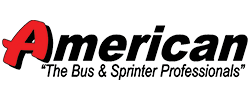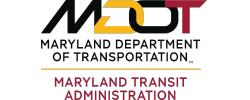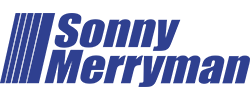|
The Transportation Association of Maryland designates March as Wheelchair Safety and Securement Awareness Month. According to the United States Census, the percentage of individuals with disabilities that use public transportation is 6% and 3.3 million individuals over the age of 15 use mobility devices such as wheelchairs. By bringing awareness to this issue, TAM hopes that all those who participate in the transportation of individuals with disabilities will take a moment during the month of March and review their processes and procedures for conducting these types of activities. You can find a link to the powerpoint presentation of the advanced mobility device securement training conducted on March 20 here: https://www.dropbox.com/scl/fi/njhxg0wy44l8l51fzew3i/TAM-On-Site-Training-24.ppsx?rlkey=8iw4zzyuycdh2bopxjhy96g4c&dl=0 Wheelchair Safety Posters Below are templates for wheelchair securement posters, flyers, magnets, and wallet cards. Please feel free to download, print, and display them in your offices or vehicles. |















